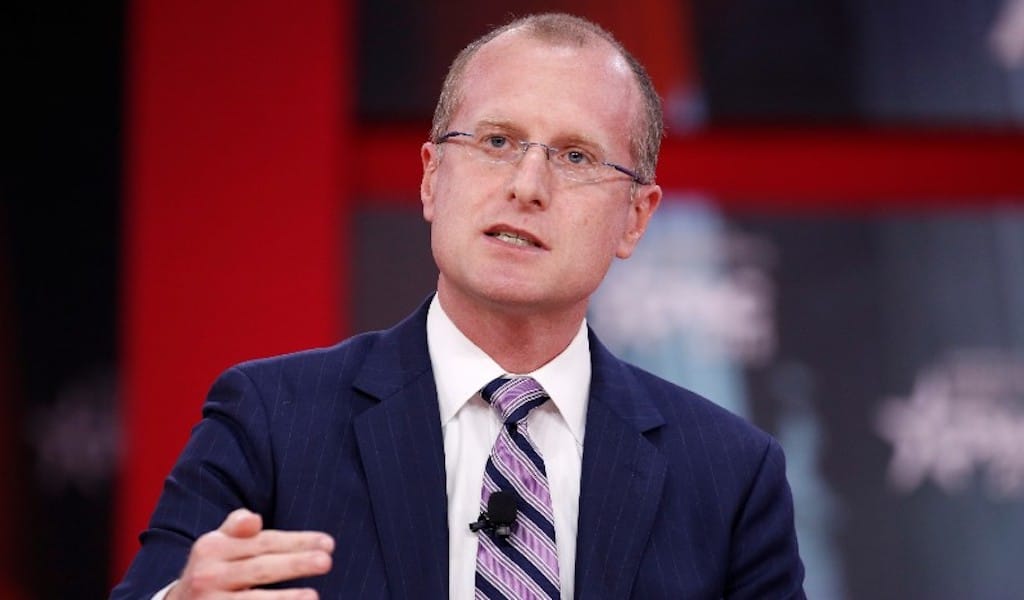Federal Communications Commission Proposes Changes to Rural Health Telecom Rules
If formally adopted, the agency would be changing longstanding rural health care telecommunications subsidies.

WASHINGTON, February 18, 2022 – The Federal Communications Commission on Friday approved draft regulations and sought comment on changes for its rural health care telecommunications rules.
Approved unanimously by the agency’s five commissioners during their February meeting, the agency is zeroing in on changes to a longstanding rural telehealth care funding mechanism.
The Rural Health Care Program provides funding to health care providers for telecommunications and broadband services. Established in 1997, the program subsidizes the difference between urban and rural rates for telecommunications services.
The program consists of two subprograms: One is called the “telecommunications” program and the other is the Healthcare Connect Fund program.
Under the Telecommunications Program, eligible rural health care providers can obtain rates on telecommunications services in rural areas that are similar to rates charged in urban areas.
Institutions eligible for the Rural Health Care program include post-secondary schools offering medical care, medical schools, community health centers, rural health clinics, and non-for-profit hospitals.
In 1997, the FCC capped program funding at $400 million per year. The FCC waived use of a rate calculator created by the Universal Service Fund in 2021.
If Friday’s proposals are adopted as a formal rule, the FCC could seek to change the formula for funding rural providers. The proposal would also change reporting requirements and data quality requirements.
The FCC is specifically seeking comment on the funding cap proposal.
Commissioner Brendan Carr said that the FCC has a duty to expand rural health care opportunities. Providing health care institutions with subsidies on broadband or connected devices can ensure that “more patients can access affordable, quality care while getting to stay with their loved ones right in their home community,” he said.
Recalling time spent in rural Alaska, where a local health clinic provided the only internet connection for miles, Carr said vital telehealth connections like this “are often only possible” with support from the FCC’s rural health care program.
“Ensuring that this program has the sufficient and predictable levels of support it needs is not just a nice policy goal––it’s a statutory obligation for the FCC,” Carr added.








